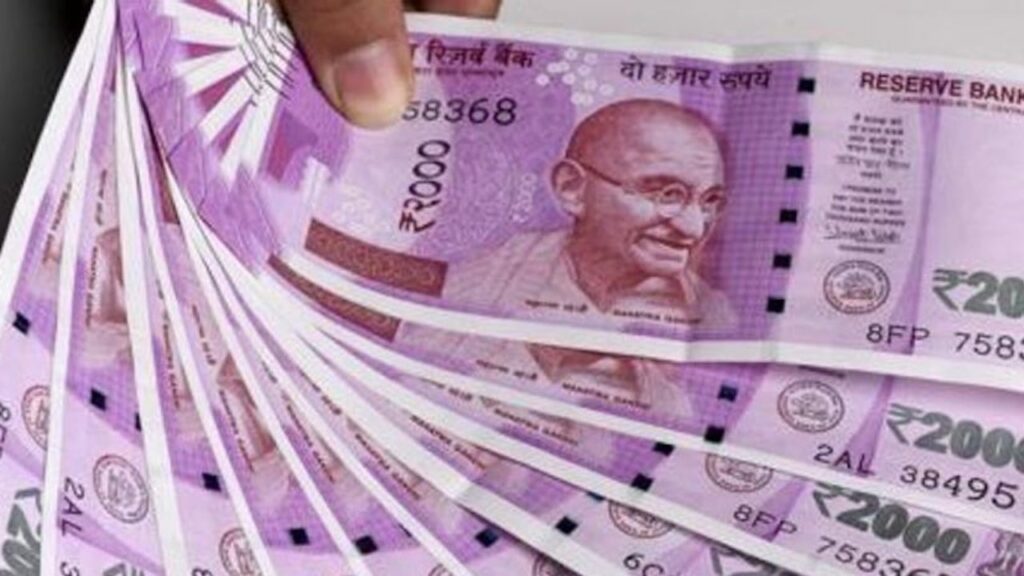Circulation Of Currency Reduces In Diwali Week: 1st Time Ever In 20 Years!
Currency in circulation declined during the Diwali week, supposed to be a busy shopping period, for the first time in 20 years this year.

This can be explained by the growing preference for digital payments.
The report where these revelations come from is penned by Soumya Kanti Ghosh, chief economist of SBI Research.
Contents [hide]
Digital shift in payments
Ghosh credited structural transformation due to technological innovations for the shift in the Indian payment system.
“In a remarkable development, for the first time in 20 years, currency in circulation declined during the Diwali week.
The innovations in technology have changed the Indian payment system.
Over the years, the Indian cash lead economy now has changed to smart-phone lead payment economy.
A lower currency in circulation also is akin to a CRR cut for the banking system, as it results in less leakage of deposits and it will impact monetary transmission positively,” the report said.
Government efforts pay off
The success of encouraging people to undertake digital payments is the result of the continued push by the government to formalise and digitalize the economy.
“Further, the interoperable payments systems like UPI, Wallets & PPIs have made it simple and cheaper to transfer money digitally, even for those who don’t have bank accounts,” the report said.
Cash transactions declined by Rs 7,600 crore in 2022.
This is a change of fortunes since it registered a growth of Rs 440 billion in 2021 and Rs 438 billion in 2020.
The last time this happened was in 2002 when currency in circulation declined during the Diwali week, as a marginal decline of Rs 9.5 billion in 2009 which was largely due to the economic slowdown.
According to the latest retail digital transactions data NEFT held a 55 percent share in value terms, with most transactions done either at a branch or through internet banking.
Smartphone transactions through UPI, IMPS and e-wallet had a share of around 16 percent, 12 percent and 1 percent, respectively.
Minor retail payments via UPI or e-wallets accounted for around 11-12 percent of the payments industry.
Further decline expected
The share of currency in circulation in payment systems has been declining from 88 percent in FY16 to 20 percent in FY22 and is estimated to go down further to 11.15 percent in FY27, the report said.
“Consequently, the digital transactions share is continuously increasing from 11.26 percent in FY16 to 80.4 percent in FY22 and is expected to touch 88 percent in FY27,” it said.
Benefits to the government
All in all, this penetration of digital means of payment is a win-win for the RBI as well as the government since this contributes towards saving of seigniorage costs and also a less- cash economy.
This also opens up the possibility of analysis of currency leak-age impacting bank deposits, liquidity estimation which could now see a fundamental reorientation in the future.

Comments are closed, but trackbacks and pingbacks are open.